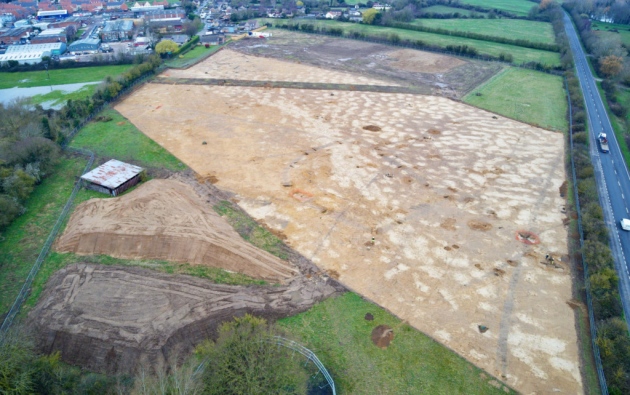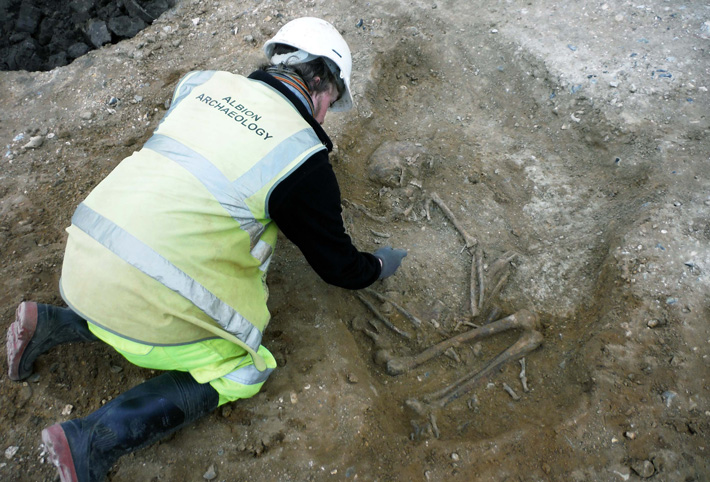Archaeologists uncover prehistoric graves and human remains in the East of England
The Ely Standard reports that two Bronze Age graves were found in the East of England during the archaeological investigation of land slated for construction. One of the graves held the remains of an elderly woman whose shoulder showed signs of arthritis and had lost most of her teeth.
Orbit Homes secured planning authority to build 149 homes on land between Regal Lane/Blackberry Lane and the A142 in Soham in February 2019.
Before construction began, Orbit homes wanted to carry out expert archaeological work as part of the pre-development scheme, and an exploration of the area uncovered some interesting discoveries.

The excavation, undertaken by Albion Archaeology, included two human graves which contained the skeleton of an elderly woman who had arthritis in her shoulder and lost most of her teeth, while the other was a middle-aged man with a bad back.
David Ingham, project manager at Albion Archaeology, said: “Two human burials were found in graves and these are currently thought to be Bronze Age, but radiocarbon testing will confirm this.

“No trace was found of an Iron Age houses, though the remains of two timber structures were identified, which could have been small granaries.”
The dig also uncovered pottery, animal and plant remain, as well as evidence of Roman ditches, with most Anglo-Saxon activity on the site was largely represented by a concentration of pits in the western half of the area.
However, Mr Ingham said there was no evidence of a Roman settlement within the site.
He said: “The identified remains may have formed part of a much wider landscape in which people and animals moved from pasture to pasture over relatively large distances.”
The first settlement on the field dates back to the Iron Age, but earlier signs of activity have been discovered which are thought to go back to as far as 2,500 BC.
Ian Fieldhouse, land and new business director for Orbit Homes in the East, added: “Around half of the six-hectare site has been excavated with further investigations taking place in December.
“Once all the data has been collated, we can continue with construction in March 2021.
“It has been a really interesting exercise; it was fascinating to learn that the findings date back to prehistoric times.”
Once building construction work begins on the homes, where 41 will be made affordable, show homes are then due to open in Autumn 2021.





